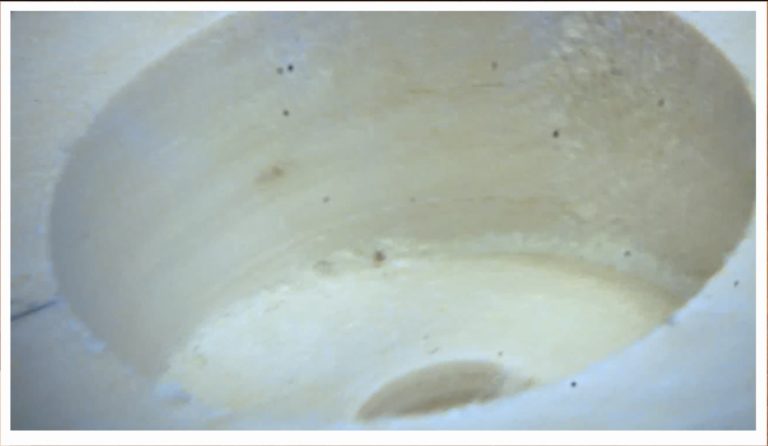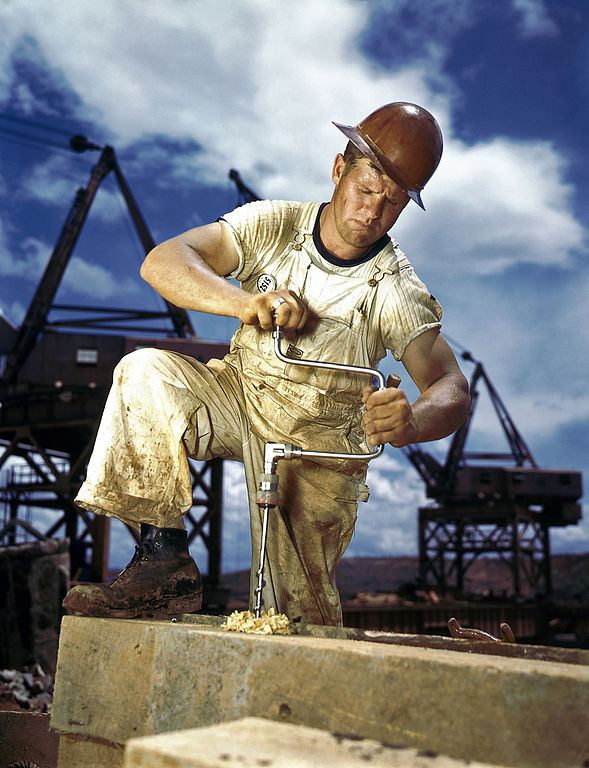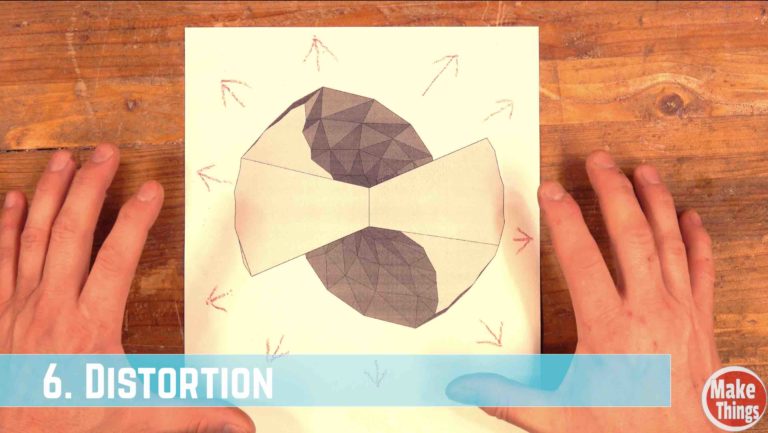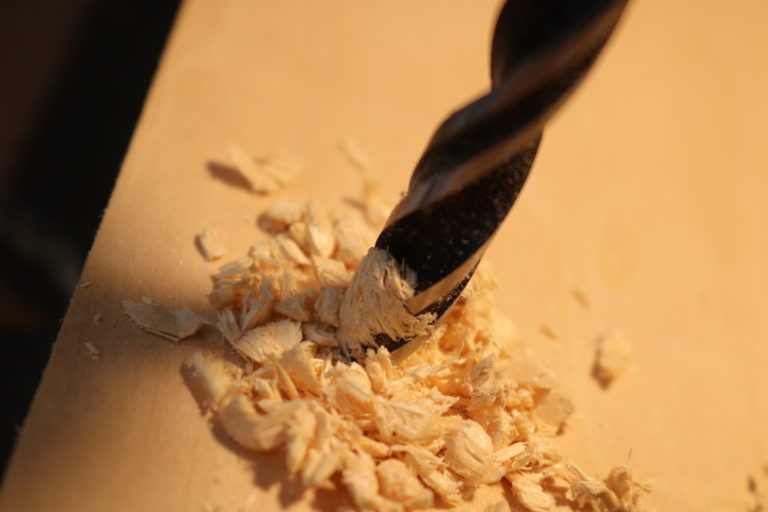Drill press speed, does it matter?

There has been controversy for as long as I have been woodworking in regards to how fast your drill bit must spin in order for you to make clean holes. While researching this, I found numerous charts and guides online, showing exactly how fast drill presses should spin for different drill bits. These charts then complicate things by saying that speeds change due to different wood types. Today, let’s look at this age old mystery and see if there’s any truth to it.
I decided to do a test. I took four brand new drill bits (two brad point bits, a spade bit and a forstner bit) and chose two wood species that are commonly used as examples in drill press speed charts: pine and maple.
Then I took the top 6 charts I found and averaged them together to find the suggested optimal speeds for each bit, rounding those speeds to match my drill press speeds.

The test

I drilled all the holes accordingly, and was careful not to ‘pollute’ the surface of the outside of the holes by touching them.


While I know that, technically, every drill bit should drill into wood (even those that are dull), the real test needed to be how well the holes looked, inside and out.
To study both the inside and outside of the hole, I used a microscope that connects via bluetooth to my phone. This microscope is great because it allows me to record the evidence onto my phone.
The REsults
1/8th to 3/8th Drill bits
Speeding up smaller drill bits so that they spin much faster…gave me mixed results in both the maple and pine samples. My conclusion from these bits is that, while the optimal speeds suggested by 6 websites can be beneficial in a clean cut on the surface, that doesn’t mean that you’ll have the same repeatable affects each time. Sometimes, I found, either at the slowest or faster setting, I saw better performance.


1 inch spade bits
Spade bits are better used, in my own opinion, between the sizes of about a 1/2″ and 1″, which is why I used the 1″ spade bit. With these bits, in both woods, I didn’t find a noticeable difference. If I were to give the nod to one speed over the other, I’d probably suggest that the higher speeds are better (keep reading!).
1 5/8 inch Forstner bits
And finally, I checked the one and five eighths holes. In all three examples, I wasn’t overly impressed by any speed over the other.

The truth
And now…I have to come clean. I am very biased to the speed of my drill press as I have used the slowest speed on it for nearly 3 years, drilling in all sorts of exotic and local wood species. The tests I performed pretty much confirmed what I had always thought: Drill bits will drill into wood at any speed. I mean, that’s what they’re designed to do, right?
Automating a hand turned drill bit into a large drill press, wasn’t to make cleaner holes, but to do it faster and more accurately. Can drill presses make very clean holes? Yes. Can we make very clean holes, even on the slowest speeds? Most definitely.


To more or less prove this idea, I found the rustiest drill bit in my drill bit case…a case full of generic bits that I bought back in 2005 (think 150 bits for $15) and showed how easy it is to create a perfect hole in both pine and maple.
I’ll admit, I took a few seconds longer to drill each of the holes out, but this approach isn’t anything new in woodworking, or even in any hobby: taking your time and going slow is a means of achieving perfection.
But why slow?
Using the slowest speed on a drill press does a number of very important things, the most important of which is to reduce heat in your woodworking. Hot bits dull quicker and very hot bits actually make holes bigger as heat causes the metal bits to expand.
Therefore, as I did find that higher speeds seemed to do better in drilling, especially with larger bits, all of that comes out a greater cost as you’ll inevitably dull your drill bits and create holes that are slightly larger. It is for this reason that it is so crucial to run those types of bits slower.


Another reason to slow your drill press down is compaction of the sawdust inside the drill bit.
“So slower speeds don’t create compaction in drill bits?”
Of course, compaction happens at all speeds. But if you understand how making wood pellets work, you want to have enough pressure as well as heat and moisture to create those pact little dust pills. By slowing the speed of the drill press down, you are making sawdust that is less likely to be packed so tightly that it takes a knife tip to remove the particles.
Drill bits that are packed tightly with sawdust also create another problem: greater heat, which again, causes the metal to lose its sharp edge as well as wood burning.
Disclaimer: Of course, all of this comes from my own first hand experience and your results may be far different. The machine I have is a 15 year old Ridgid drill press. While hardly an antique, it isn’t a revolutionary drill press.
Tip Jar

